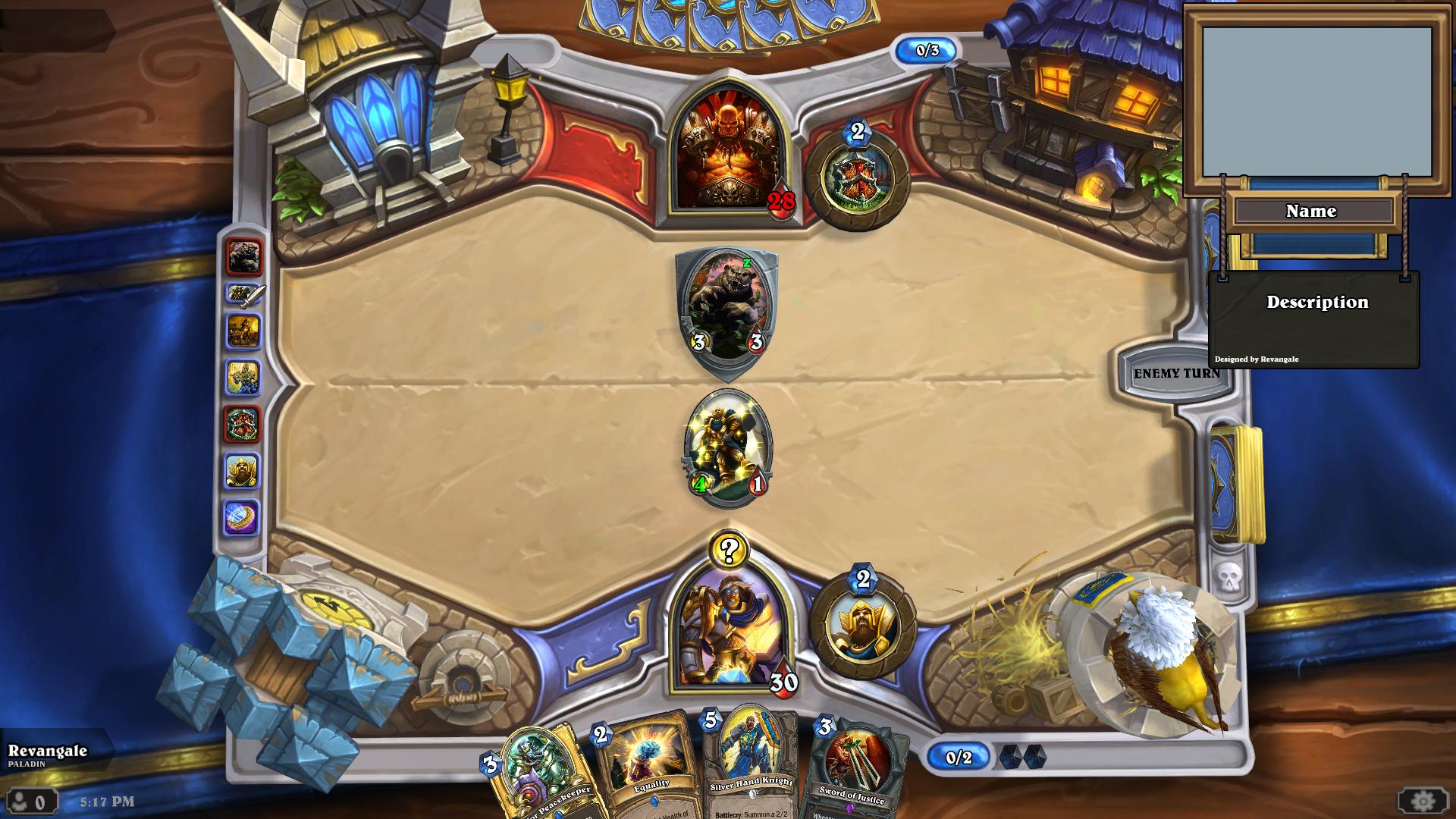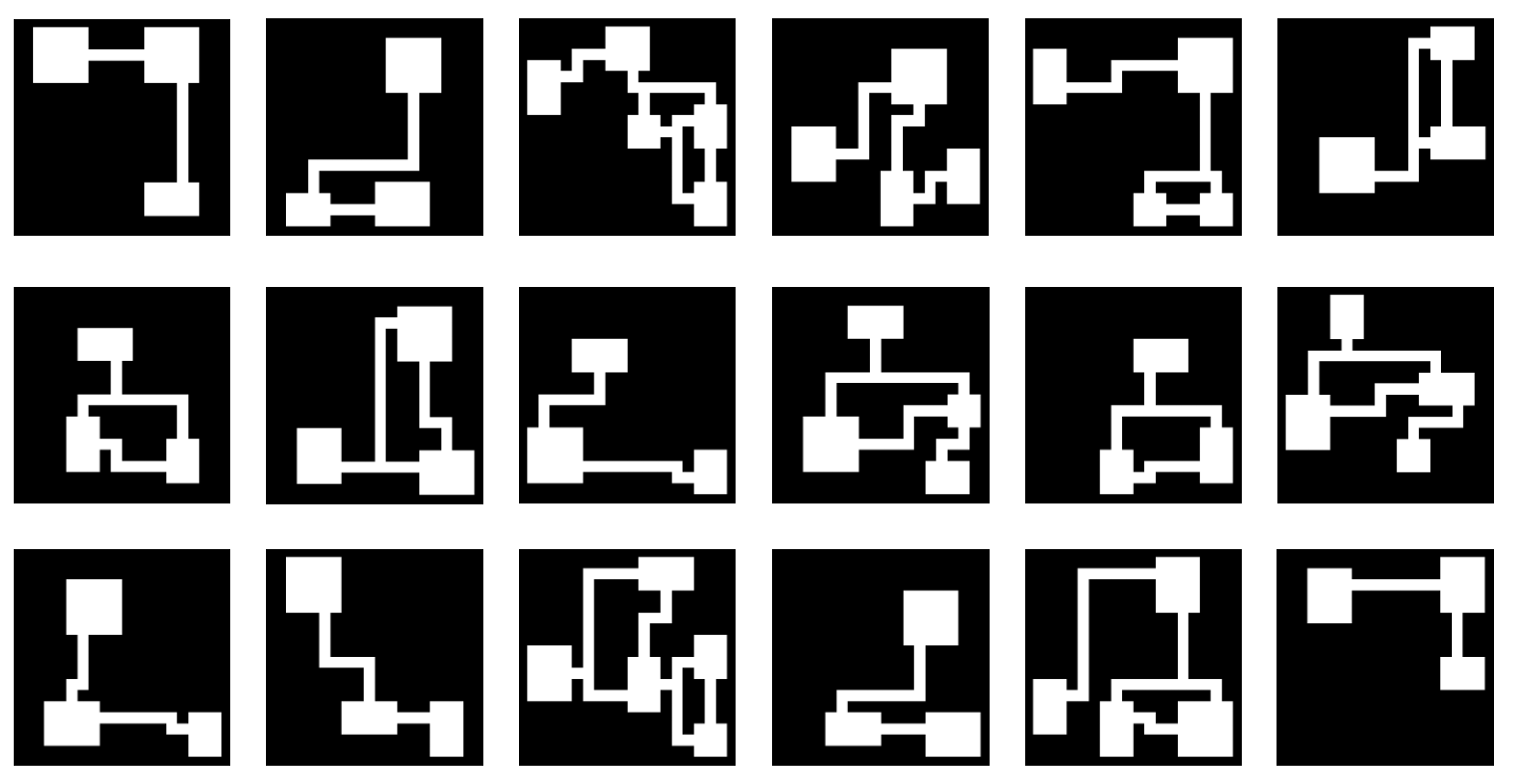Game AI

Agent navigation and control in the game of Minecraft
Minecraft is a very popular 3D sandbox game that players can explore the world and play with various block entities. The main idea of game AI in Minecraft is to train the agent act like a human player to get resources, craft and fight with enemies. It is a challenging task for researchers, for example, how to train the agent to get a diamond starting from no any resources and tools. Good navigation and action control policy is very important in such case.
Download PosterComputing Equilibrium Strategies for Collectible Card Game with Counterfactual Regret Minimization
Deck creation and game play of a collectible card game Hearthstone by using Counterfactual Regret Minimization (CFR), which is a family of mature algorithms and currently the most efficient method for computing Nash equilibria in large, zero-sum, imperfect information game. As Hearthstone has more than one actions in one round such as attack, play cards, cast spells or pass and has a few kinds of cards such as summon miniones, spells that affect the battle field are then discarded or weapons which give heroes strength to attack, we considered action sequences as a tie of states node in the game tree.Furthermore, CFR would compute regret for each action that player executed and including choosing a card from the card pool to construct a deck.
Reinforcement Learning of Roguelike Games with Curiosity Based Rewards
Roquelike Games is a subgenre of role-playing video games. They can present a challenge for game AI because they have a high difficulty and randomness, a large action space and long term strategy with short term tactics. We combine previous approaches based on reinforcement learning such as Random Network Distillation[ Burda et al,. 2018] and Proximal Policy Optimization [Schulman et al, 2017] apply them for roguelike games. In the image you can see an experiement that has returned 96% clear rate.


